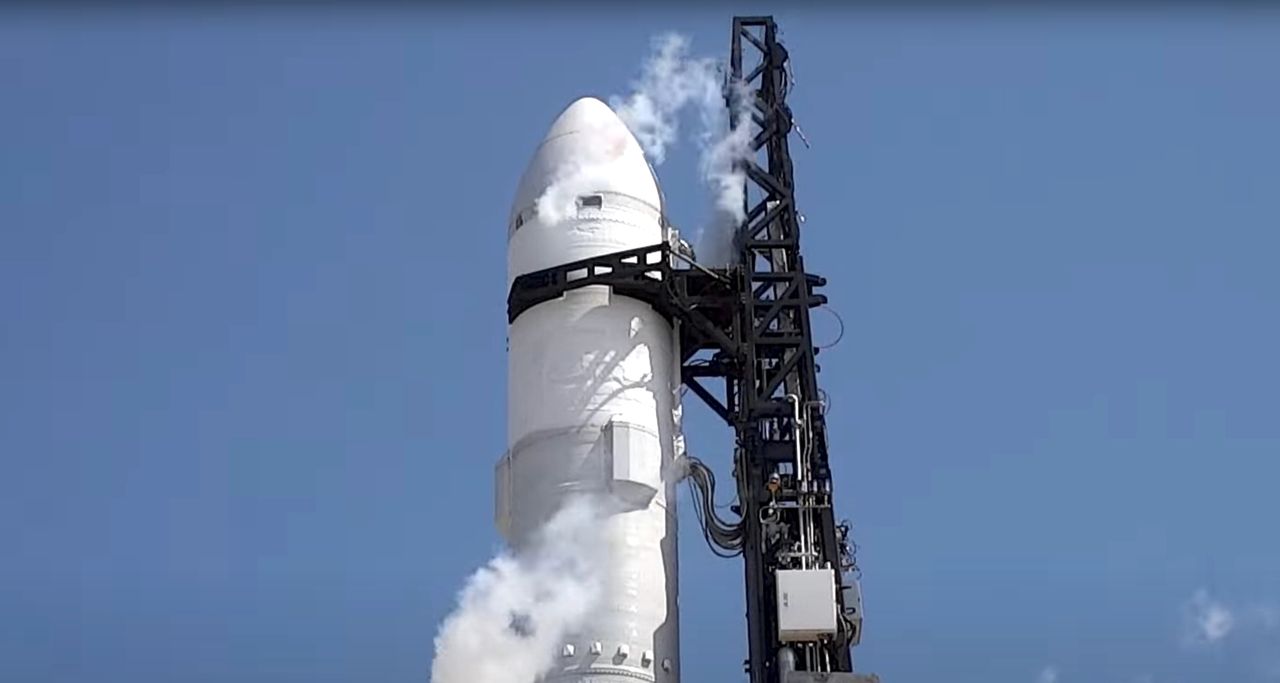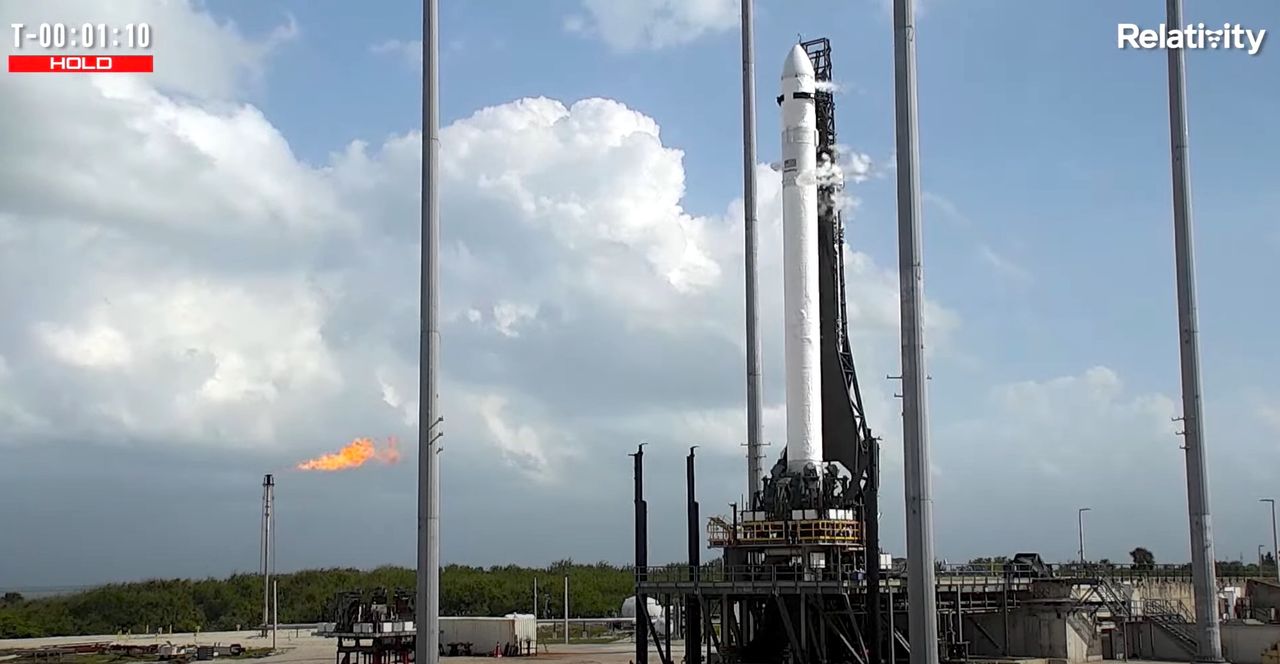
If you’ve been paying attention, we almost hit a major milestone in 3D printing this past weekend.
The milestone is about to be achieved by Relativity Space, a rocket company. They’ve been quietly working on a new rocket concept that extensively uses 3D printing.
The use of metal 3D printing is now common in aerospace and in particular for engines. These highly complex machines previously required dozens or even hundreds of separate parts that would have to be assembled to complete the engine.
After a NASA experiment showed it was possible to 3D print rocket engines, things “took off”. There are incredible benefits to using 3D printed rocket engines because more complex geometries can be used.
Thus, instead of making a hundred parts and assembling them, you could literally print the entire engine in a single print job. Not only does that simplify assembly, but it also reduces weight significantly because there are no nuts, bolts and lugs to hold parts together.
Even better, because the engine is a single piece, there are no seams that could potentially fail when exposed to the extreme temperatures pressures of propellant during launch. In other words, these engines are far more reliable.
For those reasons most rocket manufacturers are now extensively using 3D printing for their engines.
But Relativity Space is doing a further step. A very big step: they are 3D printing the ENTIRE rocket.
This enables the company to get similar advantages, but over the entire vehicle. This means a lightweight vehicle that will provide better performance, with more reliability.
To achieve this, Relativity Space developed their own custom metal 3D printer, the “Stargate”. It’s basically a large robotic arm with a metal deposition toolhead on the end of the arm. The robot is mounted on a platform that can be raised and lowered to reach all parts of the rocket.
Stargate allows Relativity Space to quickly produce entire rockets with minimal assembly, and changing the design is as simple as printing it again. No difficult supply chains would have to be dealt with.
Back to the milestone.
After years of work, Relativity Space has now completed their first rocket, the Terran 1. This week this vehicle has been placed on a launch pad at Cape Canaveral, ready for its very first launch. The vehicle is said to be “85% 3D printed”, unlike any other large rocket in history.

There have been a few 3D printed vehicles in the past, like experimental automobiles or ship hulls, but typically they involve only the body or other cosmetic elements. Here Relativity Space is printing not only the body, but the frame and even the engines.
The company has now attempted launch twice, but in both cases they aborted the process with only seconds remaining. They haven’t said what the issues were, but my suspicion is that sensors were reporting something out of tolerance, causing the shutdown.
It’s highly unlikely those issues have anything to do with the 3D printing part of their project.
Once they sort out the issue, they’ll no doubt be back on the pad for a third launch attempt, which could be as early as this week.
Should they succeed — and they will sooner or later — they will demonstrate to the world that it is definitely possible to 3D print and operate entire vehicles. That will be the first time in the history of the technology that has occurred.
If you’re interested in watching this launch, there are a number of YouTube channels that will cover the event live.
Once that milestone is achieved, we may see others inspired by Relativity Space to undertake similar projects. Perhaps we will see more 3D printed rockets — or even other vehicle types that leverage 3D print technology in far deeper ways.
Via Relativity Space
